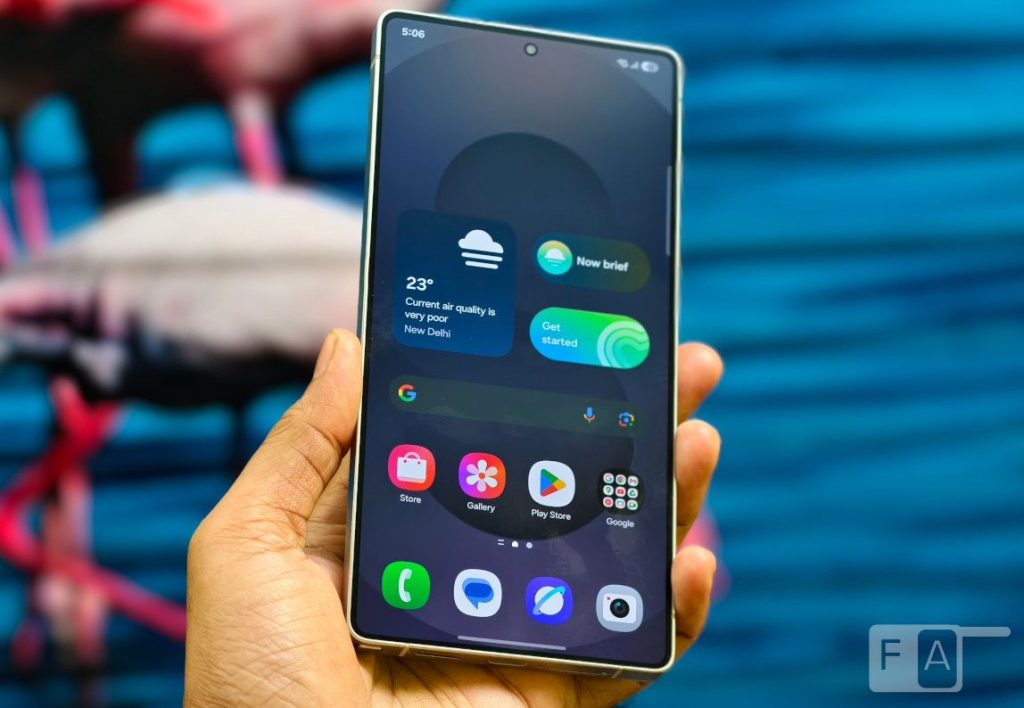
Samsung has reported its earnings for Q1 2025 that ended March 31, 2025 in which the company posted 79.14 trillion won (USD 55.27 billion approx.) consolidated revenue, an all-time quarterly high, up 10.01% YoY, and up 4.35% QoQ, driven by sales of flagship Galaxy S25 smartphones and high-value-added products.
It made an operating profit of 6.7 trillion won (USD 4.67 billion), up 1.51% YoY, and up 3.07% QoQ, despite headwinds for the DS Division, which experienced a decrease in quarterly revenue.
Samsung said that it has allocated its highest-ever annual R&D expenditure for 2024, and in the first quarter of this year, it has also increased its R&D expenditure by 16% compared to the same period last year, amounting to 9 trillion won.
Samsung MX (Mobile eXperience) in Q1 2025
The MX and Networks businesses posted 37 trillion won (USD 25.85 billion approx.) in consolidated revenue, up 10.44% YoY, and up 43.41% QoQ. The division posted 4.3 trillion won in operating profit, up 22.85% YoY, and up 104.76% QoQ.
QoQ growth in both revenue and operating profit is due to strong sales of its Galaxy S25 series. Enhanced cost competency and price declines for some components also contributed to solid double-digit profitability, said the company.
Samsung MX Q2 2025 and H2 2025 expectations
In Q2 2025, the MX Business plans to sustain flagship-centric sales amid weak seasonality by successfully launching the Galaxy S25 Edge. It will also expand its AI smartphone lineup through the introduction of “Awesome Intelligence” to the Galaxy A series, said Samsung.
In H2 2025, the MX Business will strengthen its foldable lineup by offering a differentiated AI user experience. In addition, the Business will launch new ecosystem products with enhanced AI and health capabilities, and explore new product segments such as XR.
Samsung DS (Semiconductors) in Q1 2025
The DS Division posted KRW 25.1 trillion in consolidated revenue, up 9% YoY, but down 17% QoQ and KRW 1.1 trillion in operating profit, down 0.8% YoY and down 1.8% QoQ for the first quarter.
For the Memory Business, revenue was driven by expanded server DRAM sales and the addressing of additional NAND demand amid a perceived bottoming out of the market price.
However, overall earnings were impacted by the erosion of average selling price (ASP), as well as a decrease in HBM sales due to export controls on AI chips and deferred demand in anticipation of upcoming enhanced HBM3E products.
